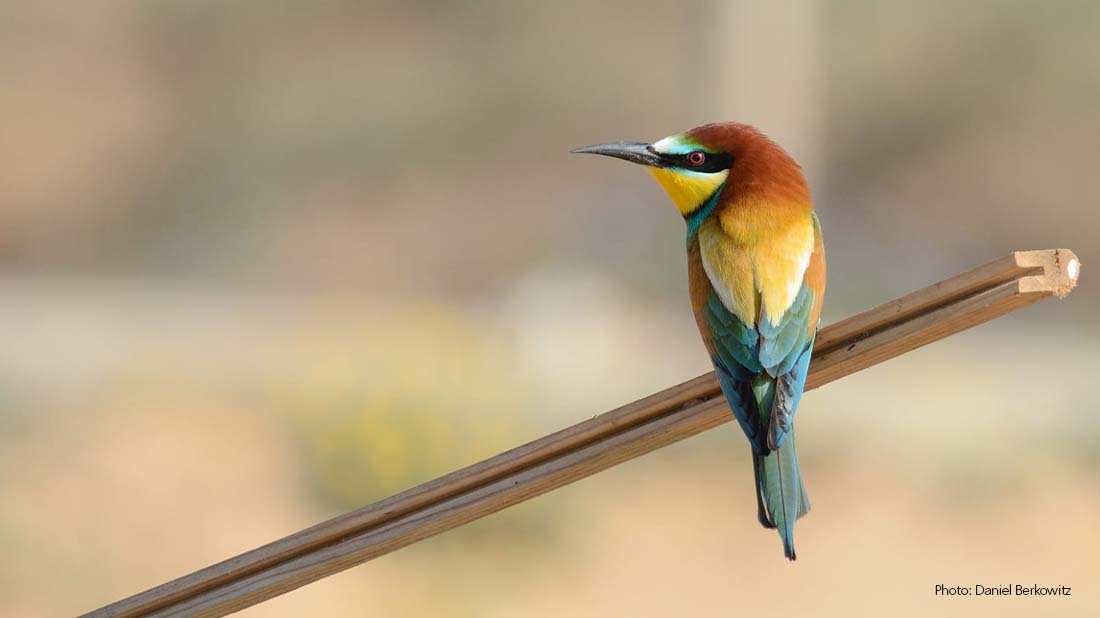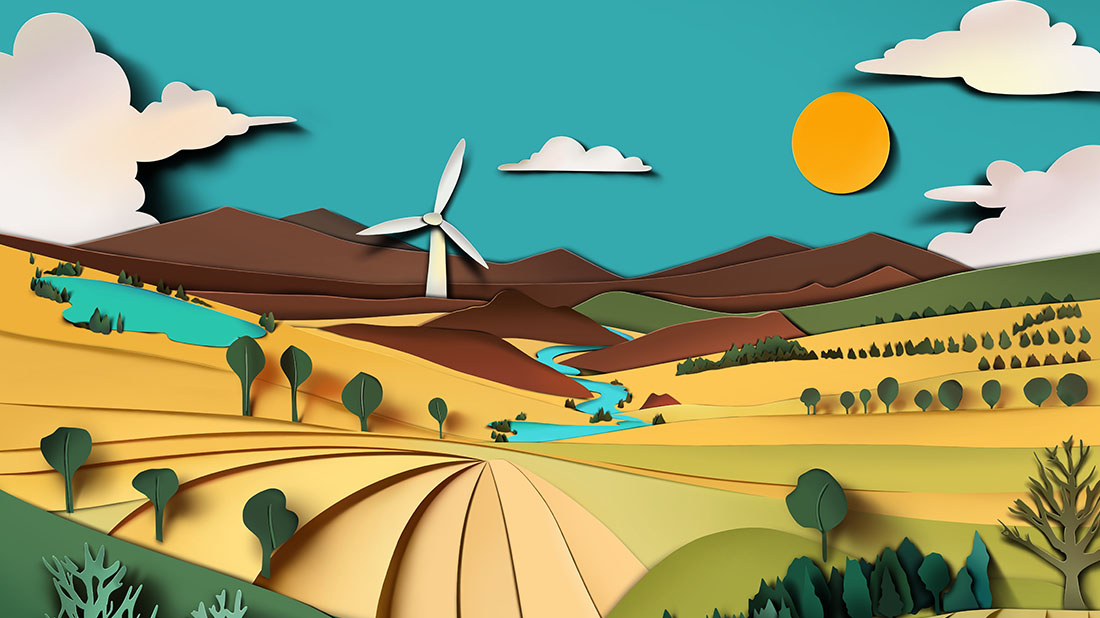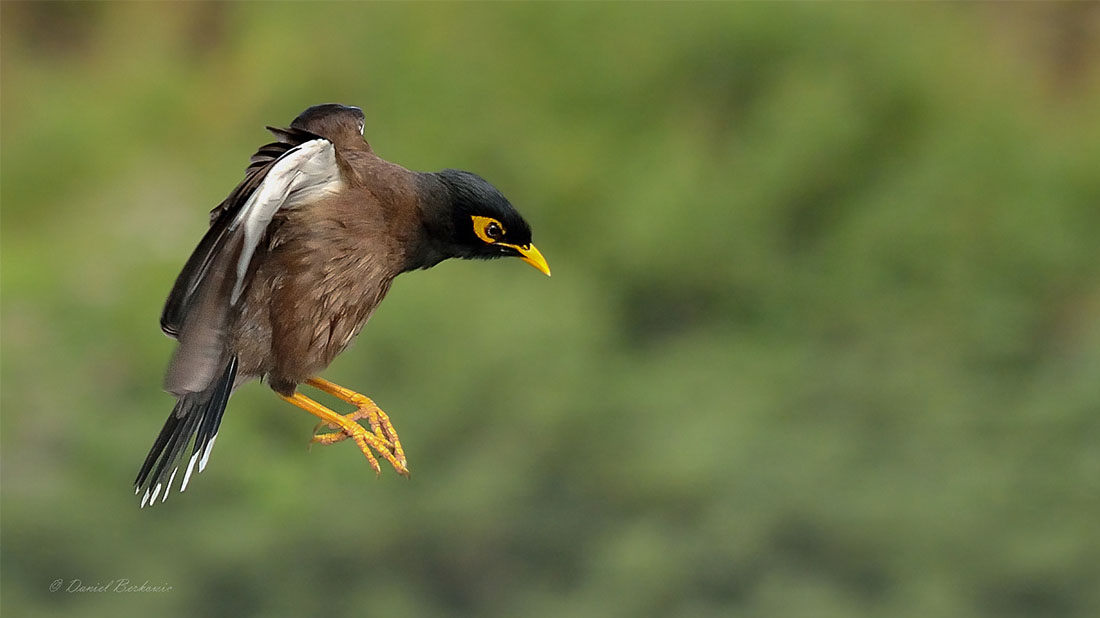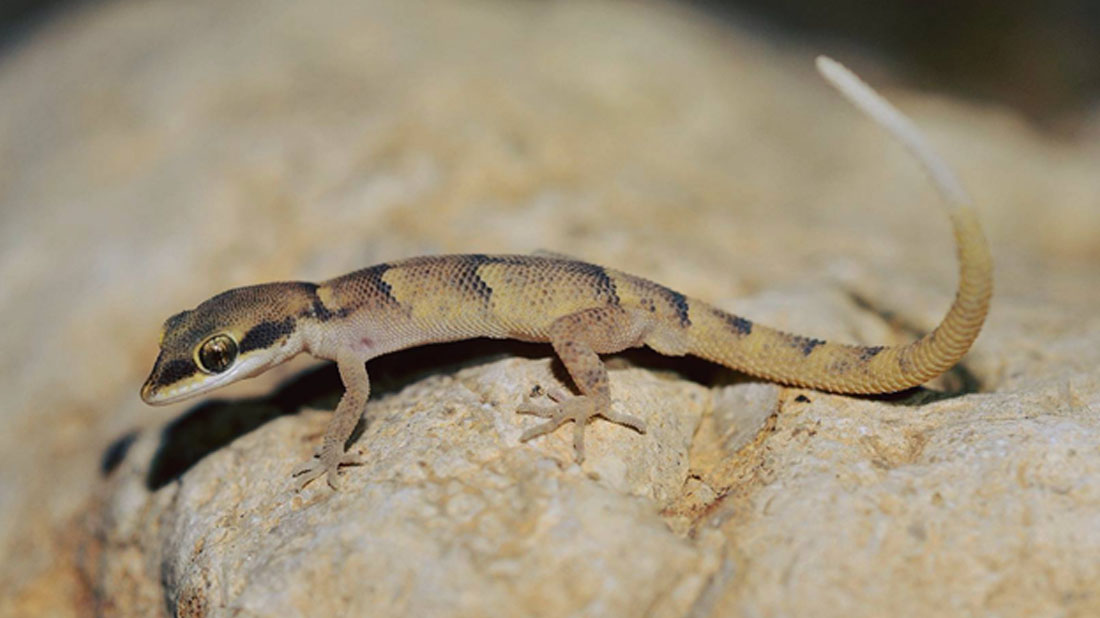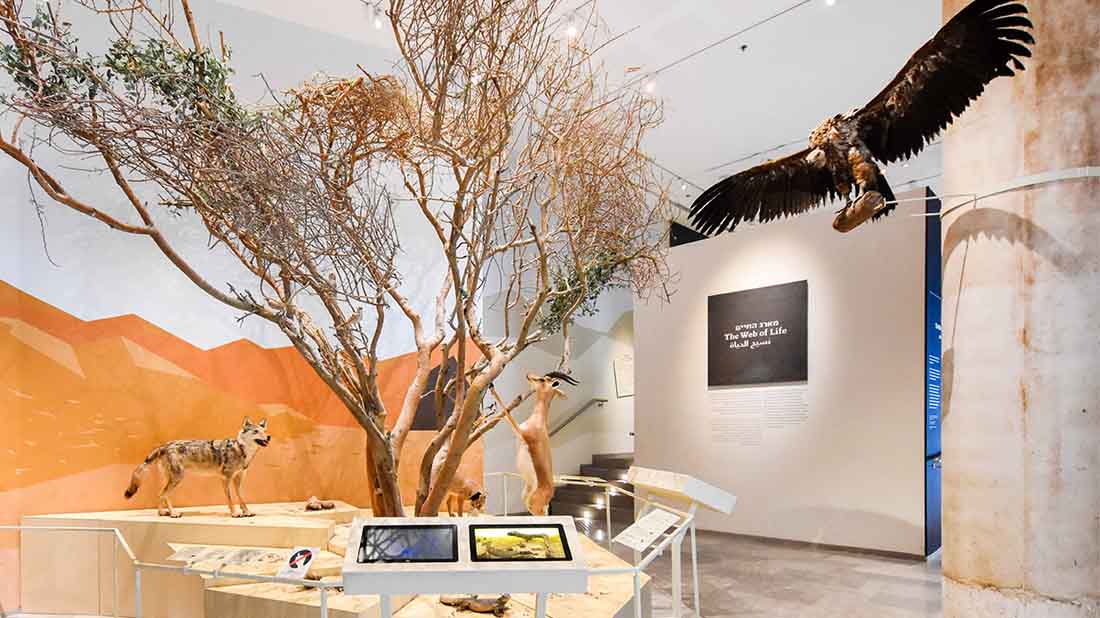A new German study reveals that people who are exposed to a greater diversity of birds during their daily life are happier. According to this study, lovers of both rural spaces and urban jungles will be happier if they’re exposed to a greater diversity of birds. How happy? According to the results of the study, exposure to another 14 bird species contributes to happiness just like a salary rise of $150 per month.
Bird-lovers are not really surprised. Birding and bird-watching are increasing around the world. More and more people are installing bird feeders in their gardens, and it’s no longer strange to see people with binoculars. In the USA, as well as in Israel, more and more people are actively participating in bird counts and the associated citizen science. The surprising discovery in this German study is that even people who don’t really pay attention to the birds are happier when they are surrounded by a greater diversity of birds.
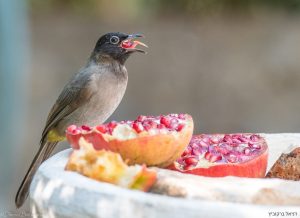
White-spectacled bulbul, Tal-El. Photo: Daniel Berkowitz
You don’t need to know the difference between a turtledove and a laughing dove to enjoy birds. Many years ago I led birding tours in the city. Each observation of a sunbird, sparrow or warbler – very common birds in cities – attracted cries of amazement from the participants. It was fun to see this experience of discovery by people who previously hadn’t noticed the birds who were always “in front of their nose”.
As a bird-lover, I would like to think that the birds themselves cause all this happiness; that people walk in the street, see a jay and smile. The truth, it seems, is more complex. It is reasonable to assume that cities with more nature in general, in other words, more parks, lawns and trees, attract more birds. In other words, nature itself, and not necessarily the birds, is what brings people happiness. In this case, birds are only an index that we use to measure biodiversity in the city.
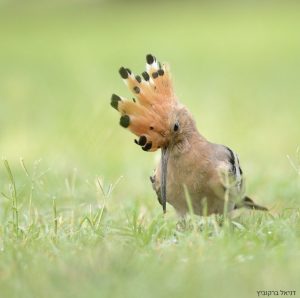
Hoopoe, Yarkon Park, Tel Aviv. Photo: Daniel Berkowitz
This study shows something important: it seems that people love nature. People love a green environment, and they love to spend time out of the city. The number of hikers during the holidays continues to break records, and Agamon Hula, which is basically a place to watch birds, attracts thousands of visitors and features permanently on the list of the most visited places in Israel.
But we don’t have to go far away to experience nature. We can bring nature into the city. The field of “urban nature” focuses on ways to bring nature to us, into the city. For example, millions of birds pass over Israel annually during their spring and autumn migration. Many of them pass through cities and stop to eat and refresh themselves before they continue on their way. If we make the effort to plant suitable plants we’ll be able to attract them to stop right near us. And what is a suitable plant? a local plant, native to Israel, which attracts a range of local insects. These insects serve as food for the birds we want to attract.
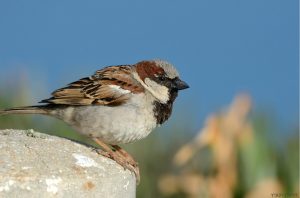
House sparrow, Tel Aviv. Photo: Daniel Berkowitz
Central Park in New York and Yarkon Park in Tel Aviv are excellent examples. Both serve as focal points for people who love to hike, play sport or just have a picnic. Both also serve as important sites of nature and birding. Well-planned parks demonstrate that the city and nature do not have to be mutually exclusive. The abovementioned research study shows that not only are they not mutually exclusive, the very existence of nature in the city is very important for the residents’ wellbeing and happiness, at least as much as economic wellbeing. With correct planning we can create a city in which the residents have work and various services, as well as culture and nature.
The author is manager of the bird collection in the Steinhardt Museum of Natural History


